Baotou (包头), located in the southern part of Inner Mongolia, is the largest industrial city in the autonomous region as well as one of the central cities. Baotou is a homophonic sound of the Mongolian word "Baoketu", which means the place with deer, so Baotou is also being referred to as "Lucheng" - the Deer City.
The beautiful "Lucheng" Baotou borders Mongolia in the north, the Yellow River in the south, the Tumechuan Plain and Hetao Plain with thousands of miles of fertile fields in the east and west, and the Yinshan Mountains traversed the middle. Since ancient times, it has been the key hub of communication between the nomadic culture of the northern grassland and the farming culture of the Central Plains. The unique geographical location and the exchange and development of various cultures have left numerous tourist treasures for Baotou.
This land gives birth to both fresh and natural grassland scenery and desolate and vast desert scenery. The rolling mountains create natural scenery dominated by strange peaks and rocks and alpine meadows. The place where the Yellow River flows through, leaving behind lively wetlands. Baotou used to be the place where nomadic people in the north lived and multiplied. The thousands of years of interaction with the dynasties along the Yellow River basin promoted the integration of different ethnic groups. The ancient temples and monasteries are the crystallization of the interwoven Tibetan, Mongolian and Yellow River cultures. You can also see the ruins of Qin Great Wall and Zhao Great Wall, which are thousands of years old and still well preserved overall.
The superior geographical conditions and long history of Baotou give birth to rich natural and cultural landscapes. Besides the top highlight - Xilamuren Grassland, the magnificent and time-honoured Wudangzhao and Meidaizhao are also worth visiting. If you want to have a relaxing short break and walk around Baotou downtown by yourself, Saikhantala Grassland Resort, Northern Weapon City and Miaofa Temple, etc. are good places to explore. Away from the crowds of people, there are also many niche but stunning attractions such as Jiufeng Mountain, Chunkun Mountain, Meiligeng Scenic Area, Qin Great Wall Ruins, Bayan Obo Diggings... Check all the TOP Attractions & Things to Do in Baotou >>
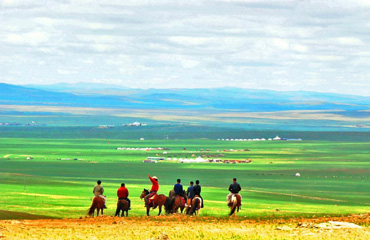
With good infrastructure and near Hohhot and Baotou, Xilamuren Grassland is a good place for families to have a leisure holiday and escape summer heat. Riding horses, living in yurts are all highlights you may enjoy here.
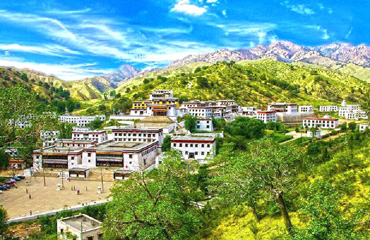
Wudangzhao is the largest temple of the Gelug sect of Tibetan Buddhism in the Inner Mongolia Autonomous Region. Being praised as the “little Potala Palace”, it’s one of the top four monasteries in China.
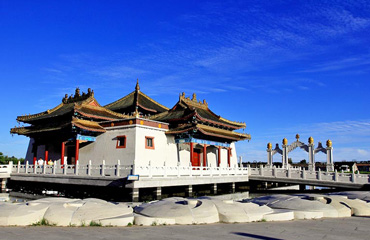
Meidaizhao Monastery is a lamasery combining a city and temples with a total area of about 4000 square meters. The temple retains a large number of vivid Buddhist historical murals, which are amazing.
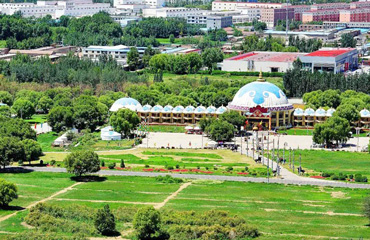
Saikhantala Ecological Park is the only urban grassland in China, which brings a fresh breath to the city made of steel. You can enjoy Mongolian cuisine, live in yurts, ride horses and feed lovely skia deer here.
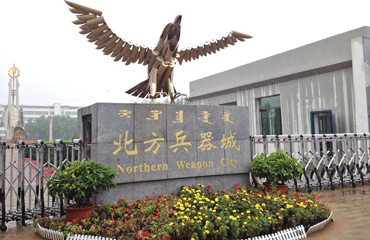
The Northern Weapon City is the first military tourist attraction in North China. The exhibits include retired armoured vehicles, artillery, fighter jets and missiles, etc. It’s a place that military fans can’t miss.
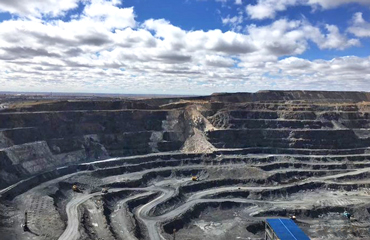
Bayan Obo mine extends about 20 kilometers from east to west. It is a rare polymetallic symbiotic deposit in the world, with rare earth resources accounting for 97% of China's reserves, more than five times of the world's total reserves except China.
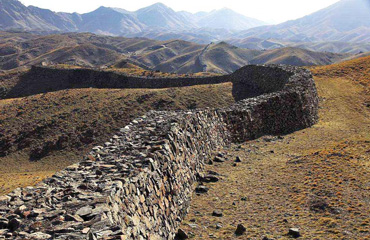
Seerteng Mountain, north of Guyang County, Baotou City, has the best preserved section of the Qin Great Wall in China. After more than two thousand years of wind and rain erosion, the Great Wall, built with slabs of stone, is still magnificent.
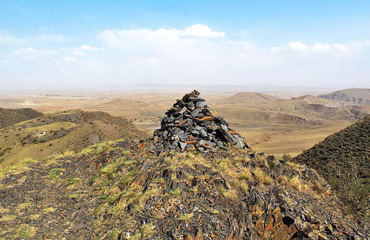
With a history of over 2,000 years, the Zhao Great Wall is the oldest existing Great Wall in China. It was built by King Wuling of the State of Zhao during the Warring States Period to consolidate the border and prevent the invasion of the Huns from the north.
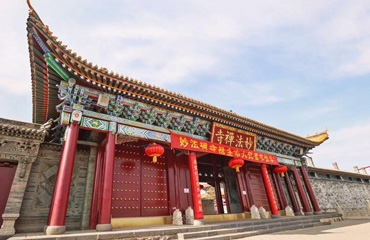
Miaofa Temple, commonly known as Lu Zu Temple, was first built in 1853, the 3rd year of Xianfeng in the Qing Dynasty. It is a large-scale Chinese Buddhist temple in Inner Mongolia and the center of Chinese Buddhism activities in Baotou.
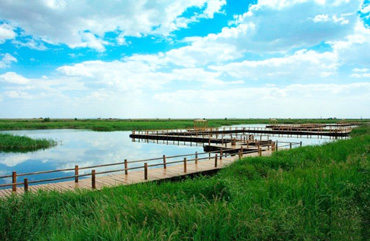
Nanhai Wetland is the second bend of the nine-curved Yellow River in Baotou. As the Yellow River changes its course to the south, lakes and mudflat grassland are formed here. It is home to over 200 species of wild animals and plants.
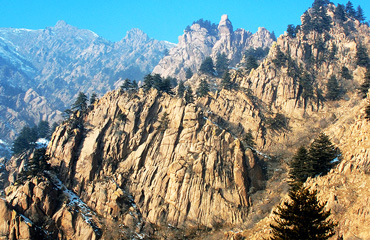
Located on the Wula Mountains, Meiligeng is close to the 110 National Highway in the south and adjacent to the fertile Hetao Plain in the west. Visitors can overlook the nine-curved Yellow River and enjoy the magnificent Meiligeng Waterfalls here.
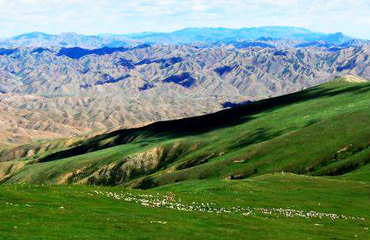
Chunkun Mountain is the largest alpine meadow grassland in western Inner Mongolia. Chunkun Mountain has a very unique landscape. Its sunny slopes are strewn with steep rocks, while its shady slopes are lush with lush and green grass.
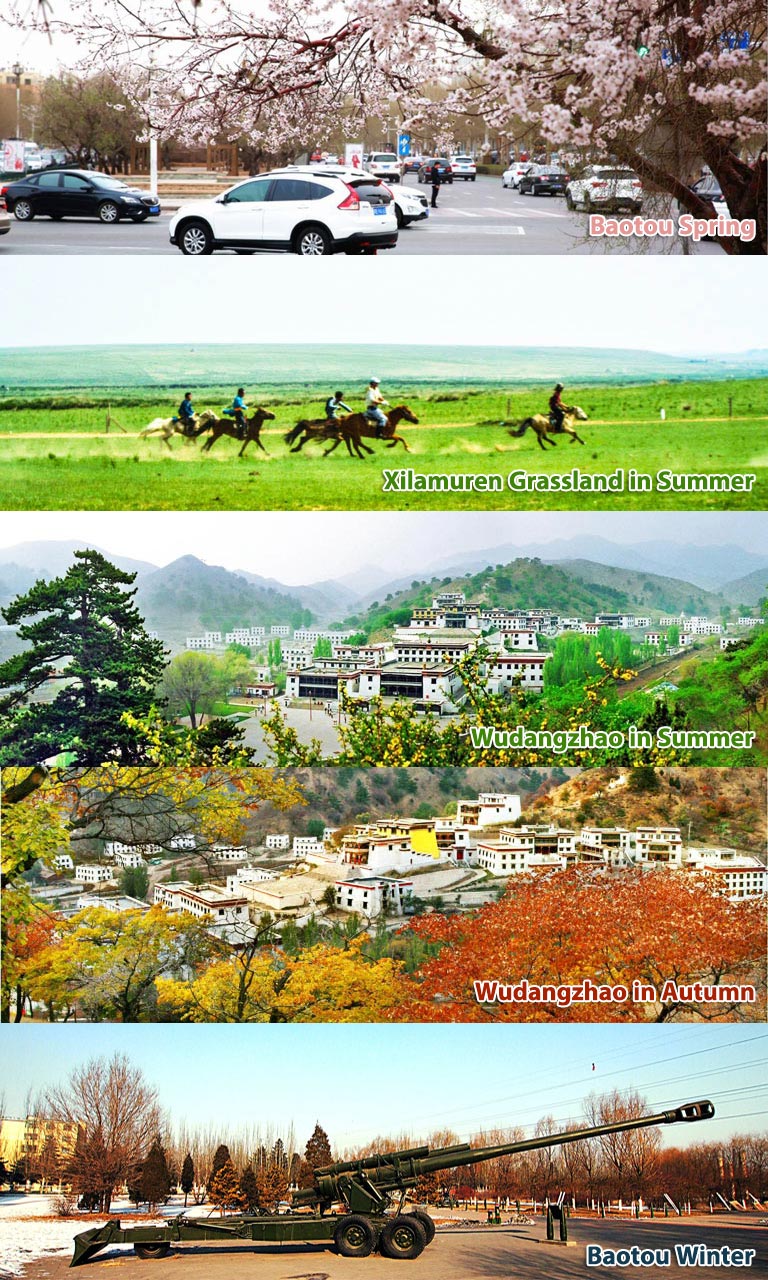
Baotou is located in the middle temperate zone, belonging to the semi-arid continental monsoon climate. The coldest month is January with an average temperature around -11°C. July is the hottest month of the year, with an average temperature around 23°C. The annual average temperature is around 7°C. The annual total precipitation is around 300~420 mm.
The best time to visit Baotou is summer and early autumn, from June to September. During this time, the wind is cool, flowers are in their full blossom, fruits are ripe and vegetables are plentiful, travelers may enjoy the luxuriant natural scenery in Xilamuren Grassland or mountain area nearby. Wudangzhao in autumn is a photography paradise. Against the backdrop of the blue sky, white clouds, golden and red leaves, the picturesque Wudangzhao is just like the temple in the painting. If you have enough time, autumn is also a good time to extend your tour to the nearby Kubuqi Desert. You can enjoy the desert scenery while having fun by trying exciting desert activities like sand sliding, jeep-safari and camel riding, etc. Cultural and religious sites are suitable to visit all year around. Baotou is windy and sandy in spring, extreme weather may occur, such as sandstorms. If you are planning to visit Baotou during this season, don’t forget to check the accurate weather in advance.
Check more details about Baotou Weather, Temperature & Best Time to Visit >>
Baotou is bordered by Dornogovi Province of Mongolia in the north, Ordos City and the Yellow River in the south, Hohhot in the east, Bayannur in the west, and the Yinshan Mountains run across the central part. It is about 170 km northwest from Hohhot - the capital city of Inner Mongolia, about 100 km north from Ordos, and about 240 km east from Bayannur.
As one of the most important cities in Inner Mongolia, Baotou is also well-connected with hot destinations in China (Beijing, Shanghai, Shanxi Province, Hebei Province and Henan Province, etc.) by (high-speed) train, air and highway. Most first-time visitors to Inner Mongolia would not take Baotou as their landing city. They may choose to visit Baotou together with Ordos (Kubuqi Desert/Genghis Khan Mausoleum) from Hohhot.
Beijing is about 660 km southeast from Baotou. Two places are well connected by high-speed train (3.5~4 hours), flight (1.5 hours) and highway (8 hours by car).
The distance between Hohhot and Baotou is only 170 km, which takes 2.5-3 hours by car. Taking a high-speed train (D/G) is the most convenient and quickest way to transfer between downtown areas of Baotou and Hohhot. The whole journey only takes 1-1.5 hours. Since there are many famous attractions scattered between the two cities. Taking private cars might be a more popular way for travelers to enjoy highlights on the way between Hohhot and Baotou, like Xilamuren Grassland, Wudangzhao and Daqing Mountain, etc. Check more about How to Get from Hohhot to Baotou >>
For accommodation, most people choose to stay in Baotou city center- the Arding Square in Kundulun District. Arding Square is about 6 km (around 20 minutes) away from Baotou Railway Station, about 20 km (40-50 minutes) away from Baotou East Railway Station and about 23 km (30-40 minutes) away from Baotou Donghe Airport.
There is no metro in Baotou city, taxis and buses are the main public transport. Moreover, the 2 biggest highlights of Baotou, the Xilamuren Grassland and Wudangzhao Monastery, are distant away from Baotou downtown with limited public transportation connecting. So if you don’t speak Chinese fluently, you are more recommended to book a tour package with a private car service.
Xilamuren Grassland is about 192 km from Baotou City, which takes around 3 hours by car. Even Xilamuren Grassland is under the jurisdiction of Baotou, but it’s closer to Hohhot city, about 93 km / 1.5~2 hours by car.
Wudangzhao is located in Shiguai District, about 58 km away from the city center. The whole journey takes about 1.5 hours. Getting to Wudangzhao by car or taxi are the most recommended ways. Besides, there are 1~2 tourist buses transferring between Baotou and Wudangzhao every day.
The only way to get to Kubuqi Desert from Ordos is by booking a private car service beforehand. The driving distance between Yemingsha Scenic Area and Baotou downtown is about 130 km, which takes around 2~2.5 hours. Jeep-safari is the most popular way to get around and explore the desert. Besides, you may also try camel riding, sand sliding, ziplining and camping in the scenic area.
More details about How to Get to & Get around Baotou >>
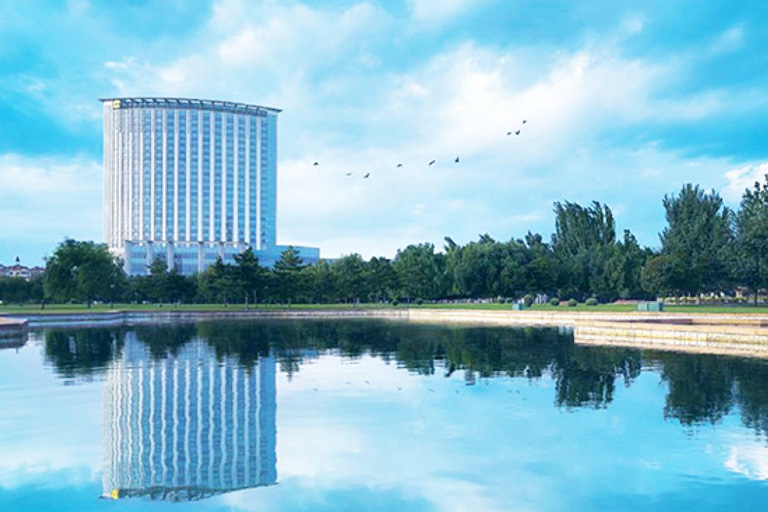
In downtown Baotou, there are all kinds of accommodation for you to choose from high-end luxury hotels to 4 star comfortable hotels and there are also economic and budget hostels and inns. Kundulun District (昆都仑区) and Qingshan District (青山区) are two most recommended districts to stay in. If you are planning to visit Xilamuren Grassland or Kubuqi Desert and would like to stay overnight, there are also some resorts, typical hotels and inns that provide accommodation. Check more details about Baotou Accommodation: Where to Stay in Baotou & Recommended Hotels >>
As one of the major cities in central Inner Mongolia, Baotou boosts rich and diverse tourism resources from natural and city landscapes to historical and cultural sites. To help you have a better and clearer understanding of the location, distribution, highlights and transfer information of Baotou, we here collect the useful Baotou China Map, Baotou Provincial Map, Baotou Attractions Map, etc. all maps are in English and downloadable for your travel! Check all the latest Baotou Maps 2023!
If you want to keep travelling before/after Baotou, there are some awesome destinations in Inner Mongolia for your exploration. You can pay a visit to the capital of Inner Mongolia - Hohhot, the most beautiful grassland in Hulunbuir, the Kubuqi Desert and Mausoleum of Genghis Khan in Ordos, and majestic Badain Jaran Desert, etc. Check more about Top Cities and Destinations in Inner Mongolia >>
China is vast and diverse. You can choose your favorite destination among more than 70 tourist destinations and regions. The following are 4 popular destinations you may be interested in. Check all destinations in China.
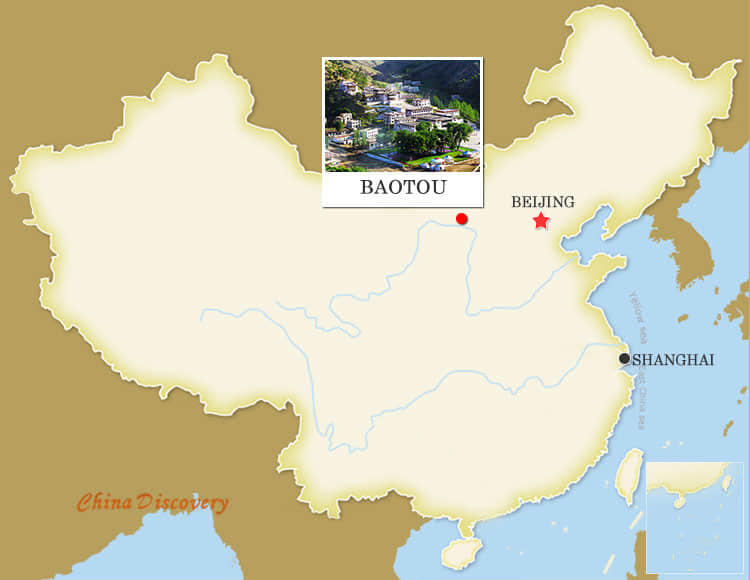
Chinese Name: 包头
Chinese Pinyin: bāo tóu
English IPA: /'bau'təu/
Population: 2.71 million
Language: Mandarin, Mongolian & Northeastern Mandarin
Tel Code: 0472
Zip Code: 150200
Time Zone: (UTC+8)
People usually take 2 days to explore diverse natural and cultural landscapes in Baotou. Half a day to visit famous Buddhist temples (Wudangzhao Monastery, Meidaozhao Monastery) in Baotou downtown; 1.5 day to visit Xilamuren Grassland (located between Hohhot and Baotou and closer to Hohhot city) and enjoy grassland activities and performances.
For first-time visitors to Inner Mongolia, you are recommended to spend 4-6 days visiting Baotou together with Hohhot, Ulanqab and Ordos, enjoy all the highlights in the central area of Inner Mongolia, like Dazhao Temple and Inner Mongolia Museum in Hohhot (1 Day), Huitengxile Grasslands and Ulan Hada Volcano in Ulanqab (1~2 Days), Kubuqi Desert and famous Mausoleum of Genghis Khan in Ordos (2 Days).
Feel not enough? You can spend 4~6 days more in Hulunbuir meeting the most beautiful grassland in China and more authentic wetlands and forests and Russian flavored villages, 4~5 days more in Xilingol discovering the UNESCO World Cultural Heritage Site - Site of Xanadu, 4~5 days more in Chifeng savoring the fantastic nature colors. Do you have your own preferences about Baotou, Inner Mongolia travel? Please feel free to tell us your likes and let our experienced travel consultant customize a tour for you!
Besides, it is also a good idea to travel Baotou with other popular destinations in China, such as Beijing, Datong, Shanghai, Xian, Qinghai, Gansu, Ningxia, etc. All our tours can be customized according to your interests, group size, needs, travel time, budget, etc. If you are interested, please feel free to contact us for a personal Inner Mongolia tour 2023/2024!
Check more about How to Plan an Inner Mongolia Tour >>
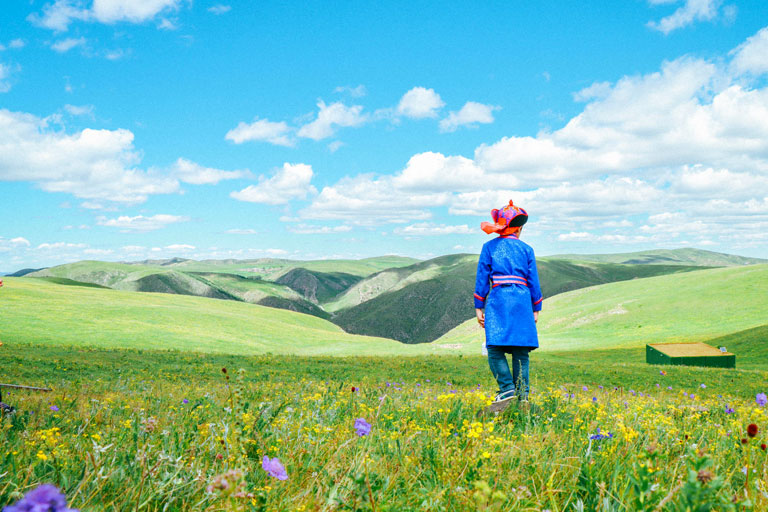
Hohhot / Huitengxile Grassland / Yemingsha of Kubuqi Desert / Hohhot
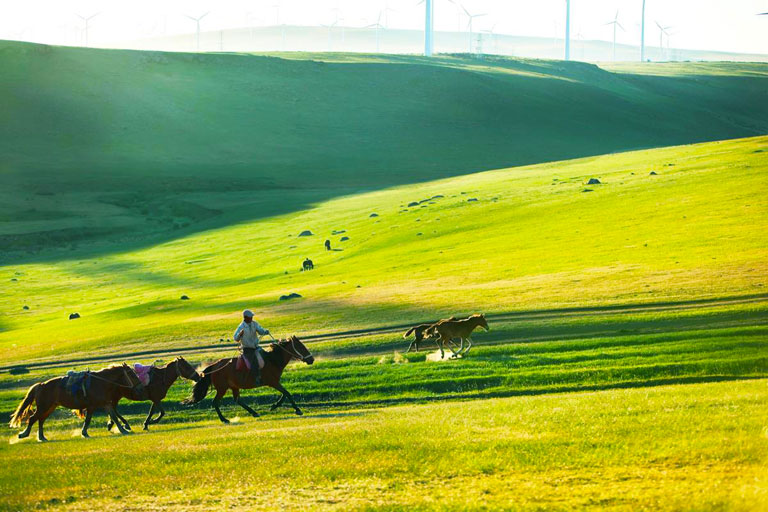
Hohhot / Ulanqab / Huitengxile Grassland / Hohhot / Baotou / Yemingsha of Kubuqi Desert / Ordos
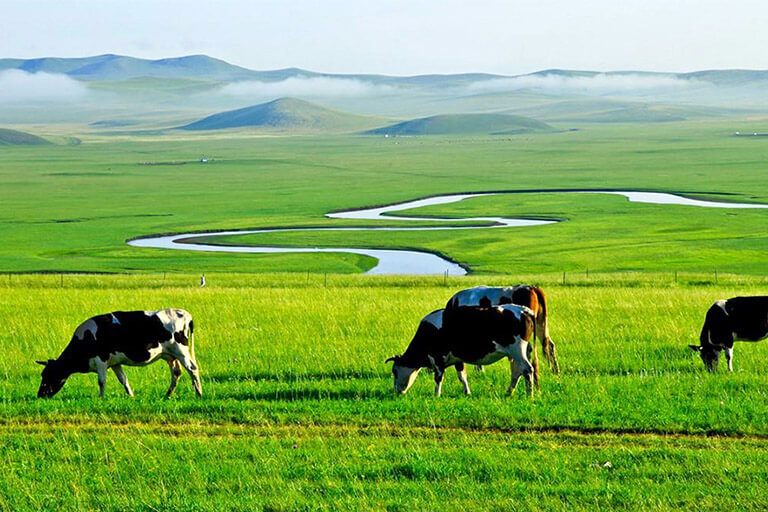
Hulunbuir / Erguna / Manzhouli / Hulunbuir
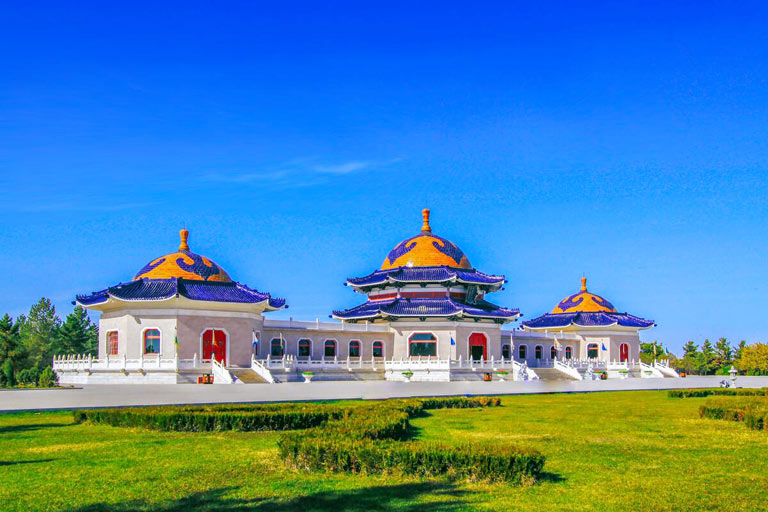
Hohhot / Huitengxile Grassland / Ordos
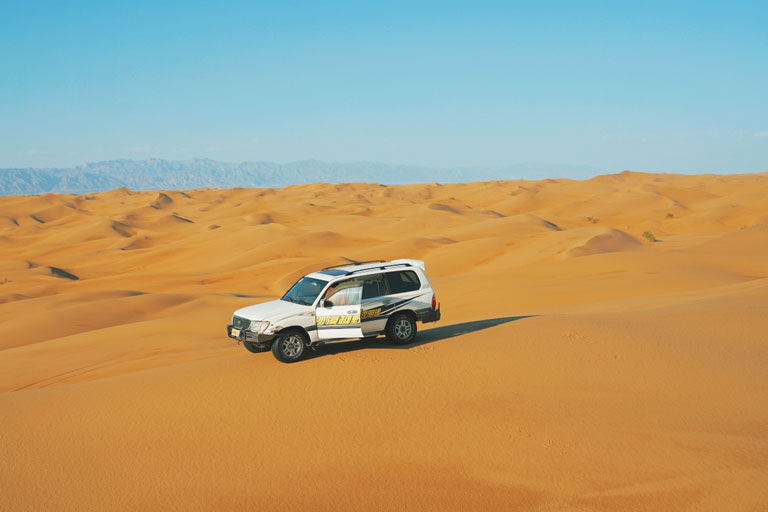
Hohhot / Baotou / Kubuqi Desert / Hulunbuir / Shiwei / Hulunbuir

Hohhot / Huitengxile Grassland / Yemingsha of Kubuqi Desert / Ordos
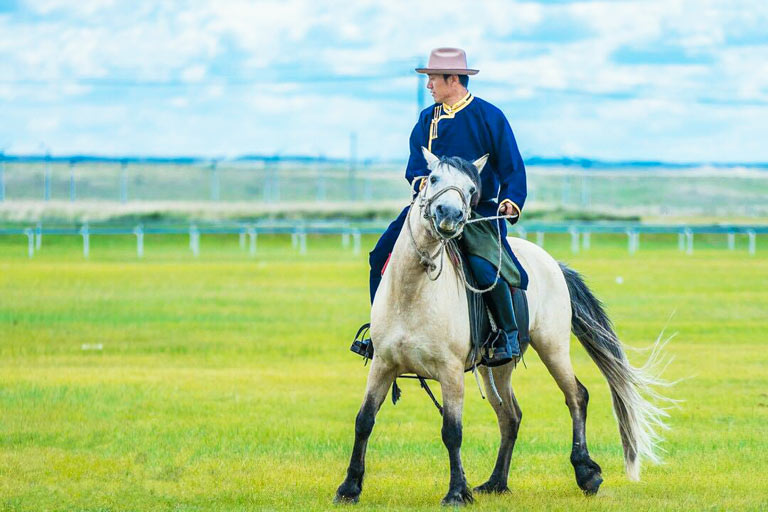
Hohhot / Xilamuren Grassland / Hohhot
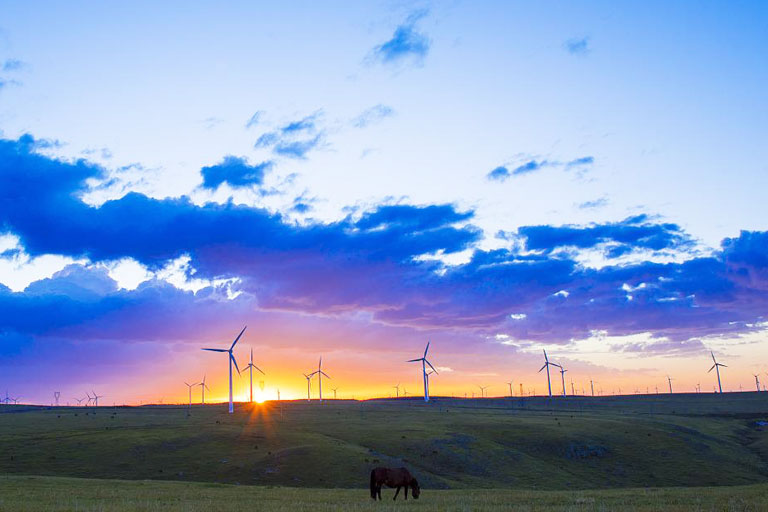
Beijing / Hohhot / Huitengxile Grassland / Hohhot
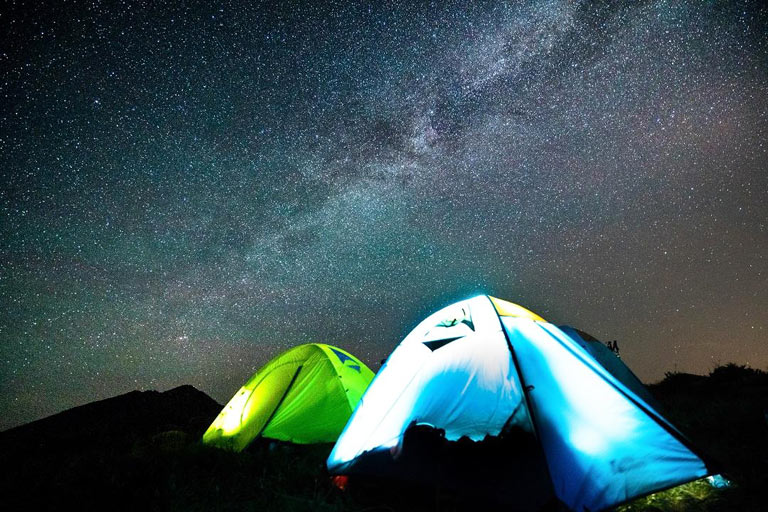
Hohhot / Yemingsha of Kubuqi Desert / Ordos
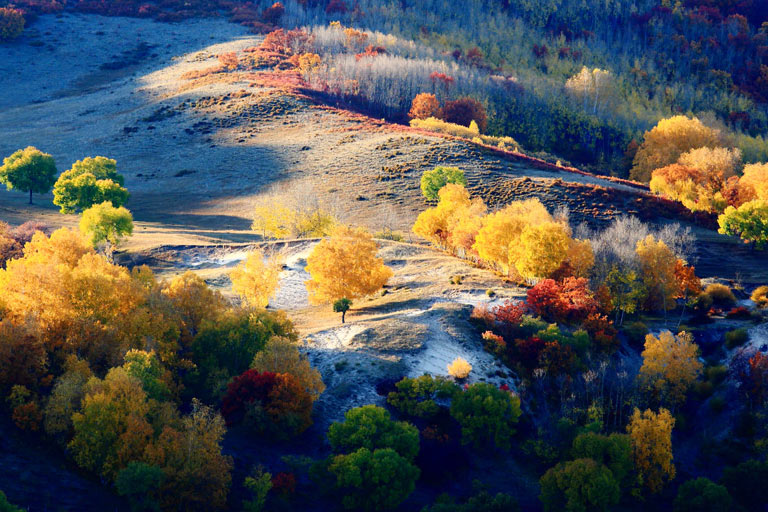
Chifeng - Wulan Butong - Hexigten - Chifeng
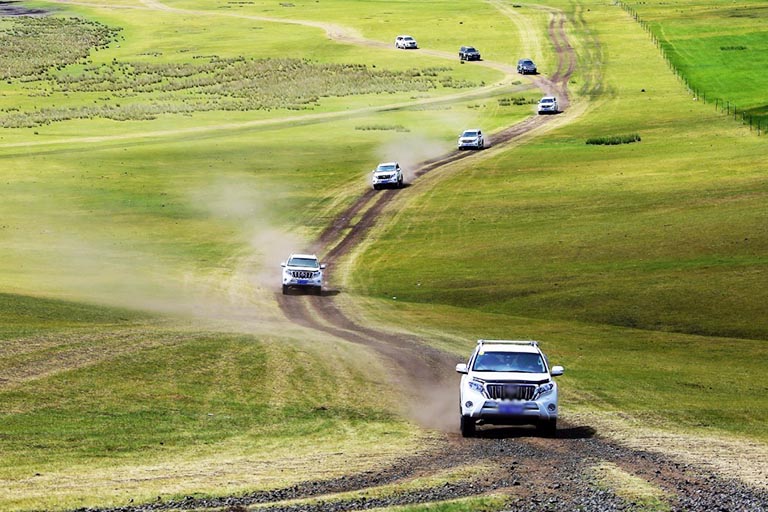
Xilinhot - West Ujimqin (The Mongol Khan City) - Xilinhot - Pingdingshan - Zhenglan Banner (Site of Xanadu) - Xilinhot